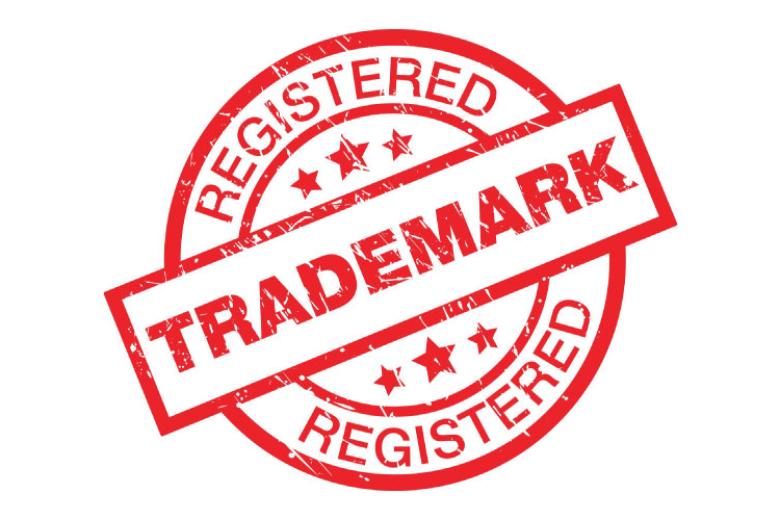The ambigous nature of the amended European trademark functionality doctrine
EU trade mark law excludes certain signs from becoming registered trade marks. In particular, shapes cannot be registered if they are necessary for achieving a technical result. In 2015, the amended Regulation broadened this exclusion to ‘another characteristics'. But what is now covered exactly?
The pre-amended Article 7(1)(e) EUTMR prohibited registration for functional aspects of shape marks, i.e., exclusively resulting from the nature of goods, necessary for technical result or giving substantial value to the goods. The addition of ‘another characteristics’ has created curiosity among legal scholars. The latest EUIPO guidelines provide some insight into the meaning of ‘another characteristic’ through hypothetical examples. For example, the sound of a motorcycle for motorcycles is considered as ‘another characteristics’ giving functional value to the mark. Apart from this, so far there is no authoritative guidance regarding the scope or meaning of the term ‘another characteristics’. Only in Louboutin[1] did Advocate General Szpunar in his opinion, shed some light, describing a product's "characteristic" as "part or element of a given good." Nonetheless, the Court of Justice of the European Union (CJEU) has not yet issued any guidance on the subject.
Keeping signs free
The CJEU, majorly through three cases (namely Philips, Lego & Hauck)[2], has followed the rationale of 'keeping signs free' for other operators to determine the functionality of shape marks. Application of this rationale in terms of ‘another characteristic’ suggests excluding a wide swath of characteristics. Patterns, for instance, could be an essential feature adding substantial value to a product.
Such was the issue in Textiles wherein the CJEU ruled that the amended provision could not be applied retroactively; hence, the mark was not considered under the recast provision. However, based on shape mark jurisprudence, considering factors such as consumer perception and creative and aesthetic value[3], the above figurative mark is likely to be excluded under the recast provision for giving substantial value to goods.
Thus, adding ‘another characteristic’ appears to have reduced the possibility of registering non-traditional marks. Indeed, in the absence of any authoritative guidelines from CJEU, it is uncertain how the jurisprudence concerning ‘another characteristic’ will develop. The latest amendment to the European functionality doctrine further raises broader questions, which remain to be seen.
Not restricting the availability of signs
In my master's thesis, I examine the underlying rationale of the provision, namely the public interest in 'keeping signs free to be used by all,' and compare it with another approach hinted at by AG in Louboutin, namely the ‘interest in not unduly restricting the availability of signs’. I propose that one solution might be to consider the latter. In Textiles, for example, if 'keeping signs free for all' is used, the sign is likely to be excluded, but if 'unduly restricting availability' is used, the sign is unlikely to be excluded if it does not restrict the availability of essential features for competitors.
Further, I discuss the US Functionality doctrine and through examples, demonstrate how the factors used therein to assess characteristics such as the availability of alternatives and advertising material could be useful in determining the essential characteristics of a mark. For instance, in the US, the Trademark Trial and Appeal Board (TTAB) considered advertising material to identify essential features of the mark and held a loud and pulsed sound for personal emergency alarms functional because it is commonly used as an alarm, and "the ability of applicant's products to emit a loud, pulsing sound is essential for their use."[4]
Concluding remarks
To conclude, such an approach is indeed valuable in light of non traditional marks, wherein availability of alternatives and advertising materials play a crucial role in [AM2] the willingness of the consumer to switch to other products. For example, a sound mark for an insect repellent device, the mechanical effect of which keeps mosquitoes away, is likely to be excluded. In absence suitable alternatives, the consumers will buy this device for the result it yields.[5] Thus, affecting the market competition by putting other competitors at a disadvantage, which forms the premise of the functionality doctrine.
|
More blogs on Law Blogs Maastricht - Written by Srishti Katyayan, IPKM alumna 2021-22. Based on the research conducted for the master thesis entitled ‘Understanding the scope of exclusion under ‘another characteristic’ as an absolute ground of refusal under Article 7(1)(e) EUTMR & Article 4(1)(e) EUTMD’. [1] C-163/16 Christian Louboutin and Christian Louboutin SAS v Van Haren Schoenen BV [2018] ECLI:EU:C: 2018:64 [2] C-299/99 Koninklijke Philips Electronics NV v Remington Consumer Products Ltd [2002] ECLI:EU:C: 2002:377; Case-48/09 Lego Juris v. OHIM [2010] ECLI:EU:C:2010:516; Case 205/13 Hauck GmbH & Co. KG v Stokke A/S and Others [2014] ECLI:EU:C: 2014:2233 [3] Factors taken into consideration in assessment of substantial value, See Hauck, para 35 [4] In re Vertex Group LLC, 2009 TTAB LEXIS 60, (TTAB 2009). [5] European Union Intellectual Property Office (EUIPO), ‘Guidelines for examination of European Union Trademarks, European Union Intellectual Property Office (EUIPO), part B, Examination, section 4, absolute grounds for refusal, chapter 6, shapes or other characteristics resulting from the nature of the goods, with an essentially technical function or substantialvalue, article 7(1)(e) EUTMR’ (2021), 430. Source of the image: https://eur-lex.europa.eu/legal-content/EN/TXT/HTML/?uri=CELEX:62018CJ0021&from=en (Source: C‑21/18 Textilis Ltd, Ozgur Keskin v Svenskt Tenn AB). |
-
Protection of reputable marks beyond confusion: does “due cause” help to strike a balance between trade mark proprietors and content creators?
Content creators, exercising their freedom of expression, may use trade marks in their content in a way that might damage the interests of trade mark proprietors (e.g. use of Nike shoes in a porn movie). How does EU trade mark law address these different interests?

-
Computer-Implemented Inventions: has the term “invention” in the EPC lost its meaning?
The European Patent Convention defines subject-matter that is not eligible for patent protection, such as methods for doing business. However, when implemented by a computer, non-eligible subject matter becomes eligible for patent protection. Is this desirable?

-
Disruptions vs refusals of supply: a guide to the case law
Disruptions of supply—as opposed to refusals to supply—are a suitable qualification for the ‘open early, closed late’ scenarios often observed in the digital economy. The case law, however, does not always distinguish clearly between the two types of conduct. This blog post traces the evolution of...
